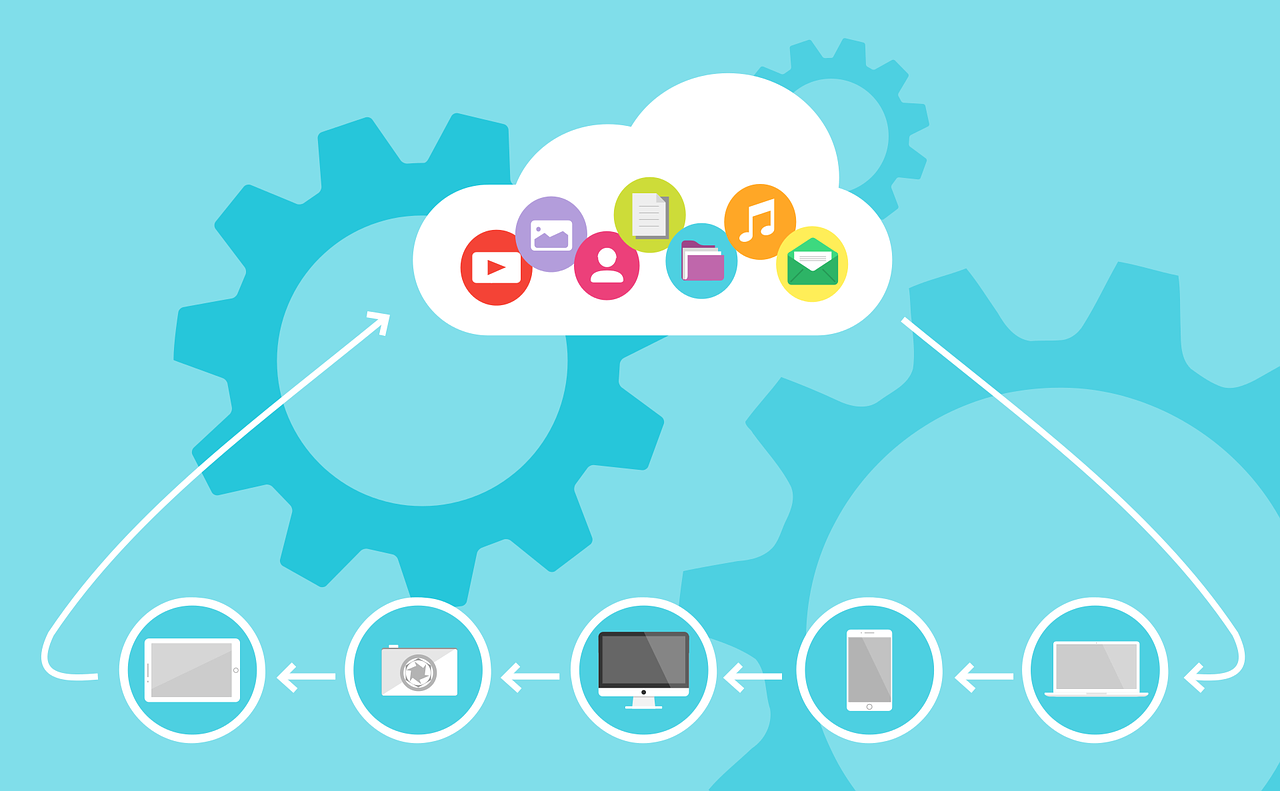Understanding Cloud Computing Service Options
As cloud computing enters the mainstream it is being used by a growing number of businesses, although there are still many companies that have yet to commit to adoption.
One of the biggest obstacles can be a lack of understanding, because cloud computing terms are relatively esoteric and an overreliance on acronyms only adds to the confusion.
Here is a look at the main cloud computing service options, with a brief breakdown of what each entails and why a business might consider migrating over to it.
Software as a Service (SaaS)
SaaS accounts for the largest portion of the cloud market at the moment, although its maturity means that growth in uptake is actually lower than other services.
SaaS allows businesses to break free of the shackles of locally hosted software and instead run apps in a cloud environment which is maintained and controlled by a third party provider.
You can run everything from human resources software to email, storage and collaborative working apps in the cloud, with browser-based access allowing employees to use these solutions whether they are at a workstation in the office or out in the field.
SaaS HR software could help your business better organised, its increasingly dispersed workforce and also save time and money in the process.
Infrastructure as a Service (IaaS)
Installing an on-site IT infrastructure comprised of many different components can be tricky and expensive, requiring not only upfront investment to procure the hardware but a long term commitment to maintaining it.
The flexibility of cloud computing means that businesses can access virtualized infrastructural elements hosted remotely at a provider’s data centre. This makes it possible to outsource an entire IT platform, minimising the need for any of these elements to exist in-house.
IaaS, like other cloud solutions, is impressively future-proof because the provider is charged with keep the equipment in working order and carrying out any upgrades as and when appropriate.
With IaaS a business can choose which software packages it deploys in the cloud, as well as being able to pay for storage and processing capacity on an on-demand basis, which helps keep costs down.
Platform as a Service (PaaS)
PaaS is similar to SaaS, but rather than encompassing individual programs it allows entire operating environments to exist in the cloud.
This gives businesses the chance to get all the benefits of modern IT operating systems, complete with native support for important apps, without running anything internally.
The benefits of PaaS are in line with those of IaaS and SaaS and this is part of the cloud revolution that is turning computing into a utility which is as flexible and scalable as the provision of energy to businesses.
Cloud computing can be used to optimise enterprise IT and make it far more efficient, working for businesses so that they are as unlimited in their activities as possible. From using SaaS to manage human resources to harnessing IaaS to host an entire infrastructure, the cloud is deserving of the hype it receives.




